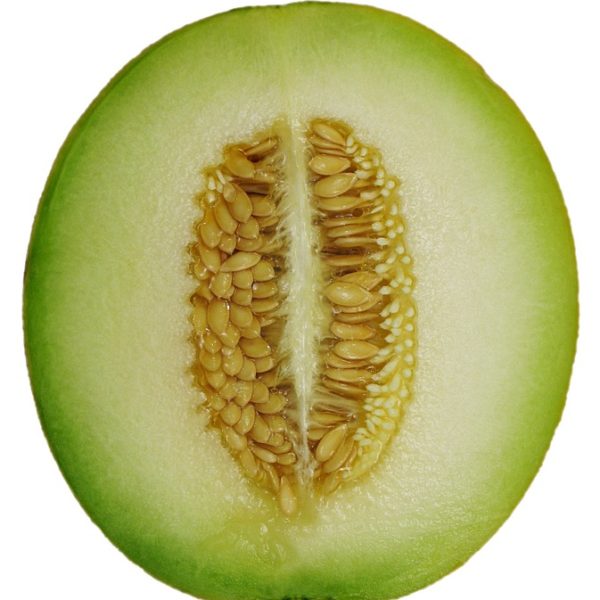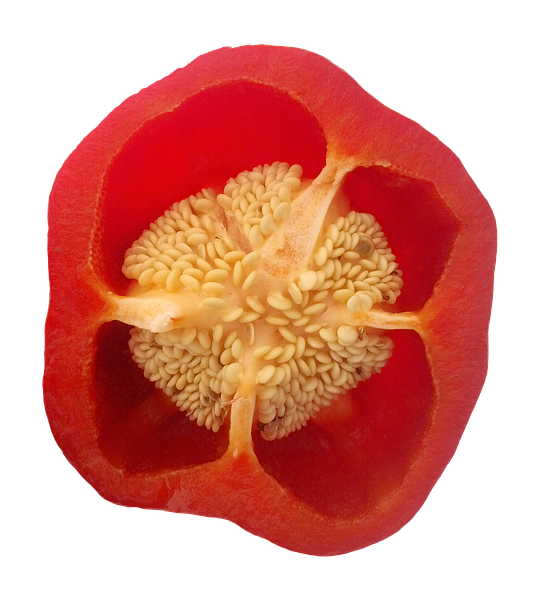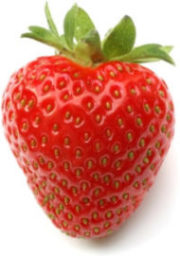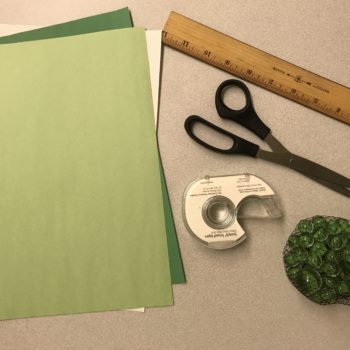STEM

JMG Teacher/Leader Guide Hamburger Plant
JMG Teacher/Leader Guide Gas Gobblers
JMG Teacher/Leader Guide The Great Cover Up
Wildlife Gardener Ladybug Lunch Line
Literature in the Garden Monster_Flowers
Learn, Grow, Eat & Go! Home Sweet Home

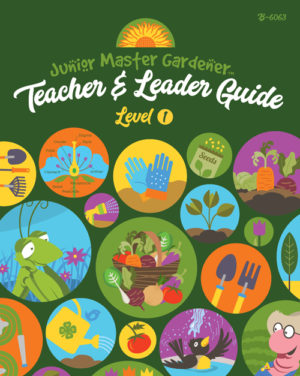
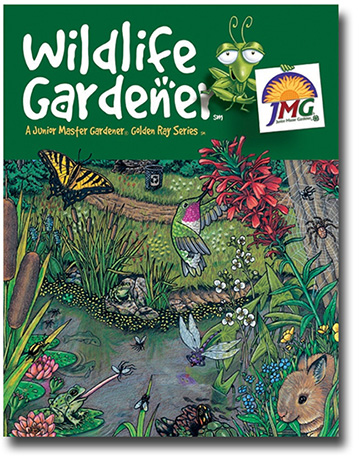
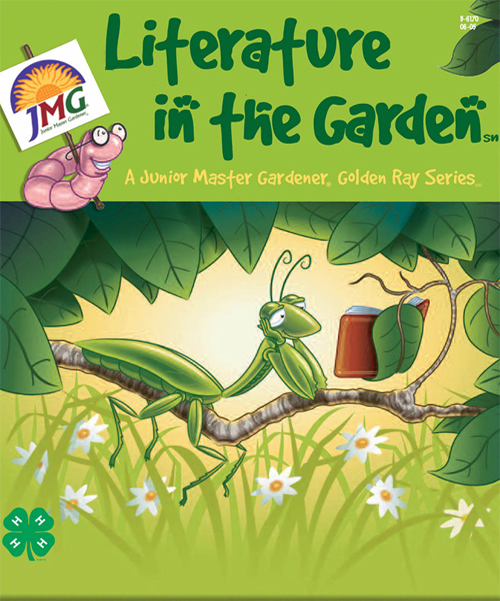
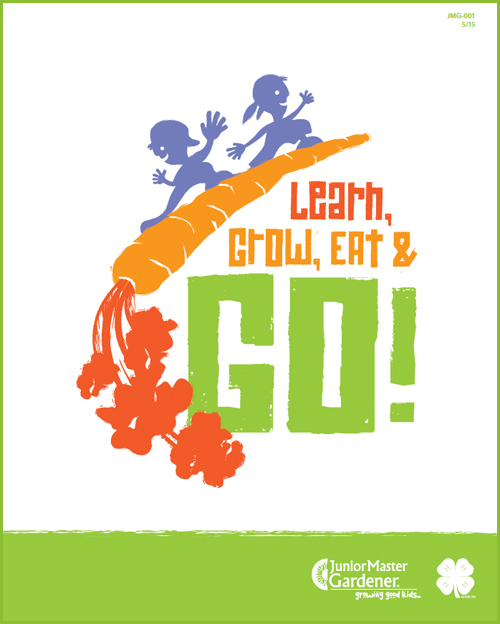

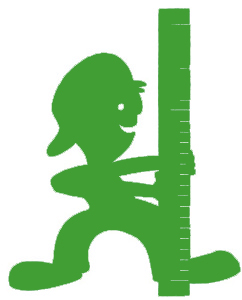
How to Grow Plant-Based STEM Education
The lesson extensions featured below are being developed to help grow STEM in your classroom.
If you already have the JMG Teacher Guide, use these extensions are used before, during and after existing JMG lessons to maximize use of these STEM priorities:
- Inquiry-based/open-ended learning
- Use of Design process
- Real-world problem solving
- Observation, gathering data
- Team/collaborative problem solving
- Integration of subject areas
- Incorporation of technology
If you are interested piloting new STEM lessons as they are being created, providing feedback on these, or contributing your your ideas on plant-based STEM, we want to hear from you!
Fruit Frenzy p.152
Investigate seed formation in fruit & vegetables
Before the lesson
ASK/IMAGINE:
- Think of a fruit or vegetable you like. When you eat it, do you also eat the seeds?
- Think of a fruit/vegetable that you have seen with seeds. Make a sketch of the cross-section of a fruit or vegetable that shows it’s seeds.
- Do seeds form in the same location in all fruits/vegetables? Do all fruits/vegetables contain seeds?
During the lesson
PLAN/TEAMWORK
- Provide class with at least 8 different fruits or vegetables.
- Divide students into teams of 3-4. Have teams discuss how they could begin work to investigate & answer the questions:
- Do seeds form in the same location in all fruits/vegetables? Do all fruits/vegetables contain seeds?
- Allow teams a few minutes to discuss then facilitate whole class discussion of how teams can work together to examine fruits/vegetable provided. Task teams with determining way to collect/record data about seed quantities and formation with in the sample fruits/vegetable then share with other teams
IMPLEMENTATION/DATA COLLECTION
- If needed, provide Fruit Frenzy cross-section worksheet (p.275) to teams.
- Remind teams to carefully examine their fruits/vegetables, make sketches, count seeds, etc. As needed, facilitate teams sharing date with the rest of the class.
- Facilitate class discussion in response to the initial questions:
- Do seeds form in the same location in all fruits/vegetables? Do all fruits/vegetables contain seeds
Closing the lesson
CONCLUSIONS/NEW QUESTIONS
- As teams provide responses, have them point to evidence that the larger class gathered to back up their claims.
- Encourage teams to continue collecting more information on fruits/vegetable seed formation at research links below (coming soon).
- Help guide the class to come up with a 1-2 statement answer to each of the questions posed.
- for example:
- Do seeds form in the same location in all fruits/vegetables? Most of the time seeds are in the center of the fruits and vegetables but they can be scattered inside like in watermelon or even covering the outside like like on strawberries.
- for example:
- Challenge each team to come up with 1-2 questions that may have come up in their minds while they were working.That could be a future exploration for the class.
Coconut Float p.13
Design models of seeds that can be dispersed
Before the lesson
ASK/IMAGINE:
- What is the function of seeds?
- If not planted their by a person, how do seeds get to the place where they grow?
- Why do many seeds need to move away from their parent plant?
During the lesson
PLAN/TEAMWORK
- Show students first three seed dispersal types at: www.JMGkids.us/SeedsMove
Based on each SEED photo, have students guess how seeds travel before revealing the info in each tab. - Divide students into teams of 3-4. Show teams photo of coconut at SEED tab in above link and ask them to guess at how they think it travels. After a few minutes, have them share their ideas with the class. Then show teams the ADAPTATION tab and have students again discuss & share ideas.
- Follow lesson to test floatability of coconut then pass out copy of Coconut Float song to students and read through as a class.
- Challenge teams to brainstorm & sketch a design for a new seed that can travel by both flight and hitchhiking. Each team’s seed model must:
- Contain a heavy seed (a marble provided each team).
- Be at or less than 5 inches in any dimension.
- Be able to able to be picked up by a furry animal (in the test described below).
- Be able to able to be blown 20 inches (in the test described below).
IMPLEMENTATION/DATA COLLECTION
- Give teams details of flight and hitchhiking tests:
- Hitchhiking – teacher will gently press teddy bear onto seed model that it laying on a desk. Seed model must stay attached for at least 3 seconds after the bear is lifted.
- Flight – teacher will place fan on student desk and drop the seed model above & in front of desk fan set on high. . Seed model must travel at least 20 inches in front of fan.
- Provide an assortment of maker materials for teams to have access to. Prompt teams to work to build a model of their seed that includes their two favorite dispersal methods.
- Allow teams at least 20mins to begin constructing their seed models. Provide class access to fan and teddy bear for testing of their designed seeds.
Closing the lesson
CONCLUSIONS/NEW QUESTIONS
- At the end of the specified time, allow each team three opportunities to demonstrate their designed seed’s ability to meet the flight and hitchhiking challenges.
- After all teams have made their attempts, begin discussion about characteristics of seeds:
- For seeds to be effective at flight, they should have what characteristics?
- For seeds to be effective hitchhikers, they should have what characteristics?
- How could your team’s seed models be adapted to be more effective?
- Share images from the Seeds Move Gallery at the bottom of www.JMGkids.us/SeedsMove
- Get step-by-step directions to creating a wind catching seed dispersal mechanism here: http://jmgkids.us/incorporating-stem-into-jmg-lessons/.

